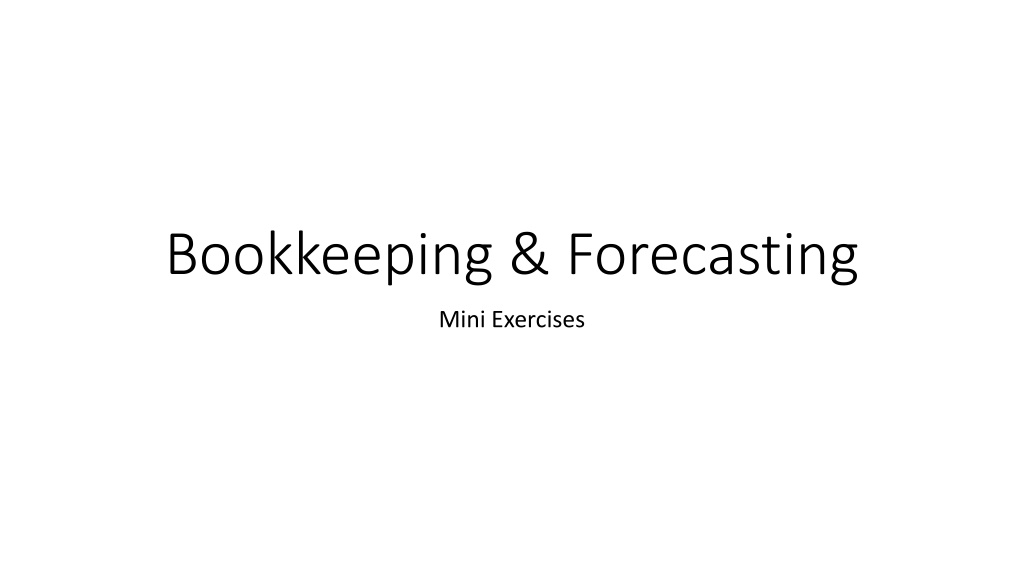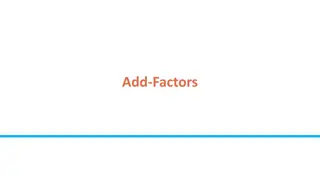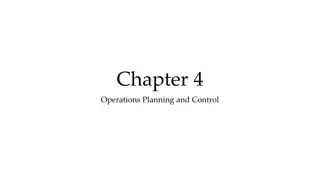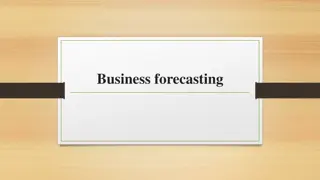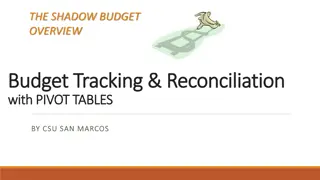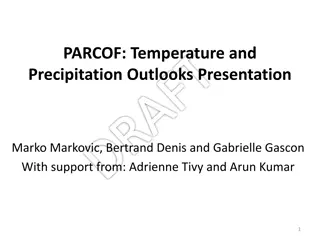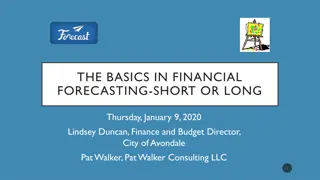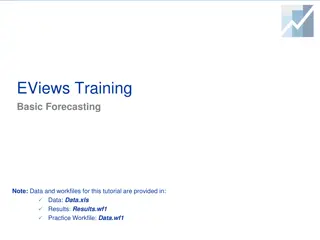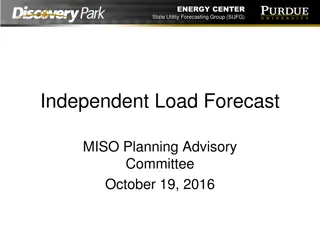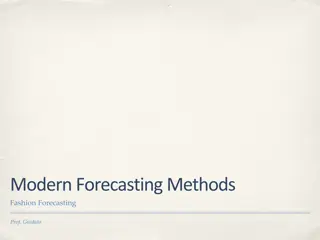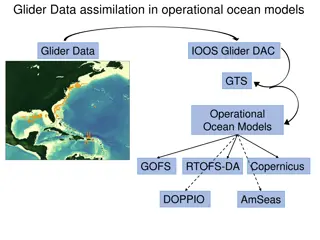Financial Analysis and Forecasting Mini Exercises Collection
In this collection, you will find various mini exercises and model answers related to bookkeeping, common transactions, balance sheets for startups, income statements, gross profit, operating margin, vertical analysis, and horizontal analysis. These resources are designed to help you practice and improve your financial analysis skills.
Download Presentation

Please find below an Image/Link to download the presentation.
The content on the website is provided AS IS for your information and personal use only. It may not be sold, licensed, or shared on other websites without obtaining consent from the author. Download presentation by click this link. If you encounter any issues during the download, it is possible that the publisher has removed the file from their server.
E N D
Presentation Transcript
Bookkeeping & Forecasting Mini Exercises
Analysis Ratio & Trends Scenario Questions to ask, trend, ratio, or metric result Revenue Growth Rate calculate revenue growth rate from previous quarter for two scenarios a.) Revenue in Q1 was 24,000, in Q2 is 30,000 b.) Revenue in Q1 was 24,000, in Q2 is 18,000 Gross Profit Margin (Revenue COGS / Revenue) a.) Cost of Sales in Q1 was 18,000, in Q2 was 26,000 b.) Cost of Sales in Q1 was 18,000, in Q2 was 12,000 Inventory Turnover (cost of sales/inventory) a.) Average Inventory: Q1 - 12,000, in Q2 - 18,000 b.) Average Inventory: Q1 12,000, in Q2 14,000 Cash Ratio (Cash/Current Liabilities a.) End of Q2 Balances: Cash 20,000 Current Liabilities 8,000 b.) End of Q2 Balances: Cash 8,000 Current Liabilities 15,000
Analysis Ratio & Trends (model answer) Scenario Questions to ask, trend, ratio, or metric result Revenue Growth Rate calculate revenue growth rate from previous quarter for two scenarios a.) Revenue in Q1 was 24,000, in Q2 is 30,000 b.) Revenue in Q1 was 24,000, in Q2 is 18,000 Revenue Growth Rate a.) (30-24)/24 = 25% increase b.) (18-24)/24 = 25% decrease Gross Profit Margin (Revenue COGS / Revenue) a.) Cost of Sales in Q1 was 18,000, in Q2 was 26,000 b.) Cost of Sales in Q1 was 18,000, in Q2 was 12,000 Gross Profit Margin a.) (24-18)/24 = 25%; (30-26)/30 = 13% decreasing b.) (24-18)/24 = 25%; (18-12)/18 = 33% increasing Inventory Turnover (cost of sales/inventory) a.) Average Inventory: Q1 - 12,000, in Q2 - 18,000 b.) Average Inventory: Q1 12,000, in Q2 14,000 Inventory Turnover a.) 18/12 = 1.5X; 26/18 = 1.4X b.) 18/12 = 1.5X; 12/14 = 0.9X Cash Ratio (Cash/Current Liabilities a.) End of Q2 Balances: Cash 20,000 Current Liabilities 8,000 b.) End of Q2 Balances: Cash 8,000 Current Liabilities 15,000 Cash Ratio a.) 20/8 = 2.5 b.) 8/15 = 0.5
Hour 6: Breakeven Analysis https://www.score.org/resource/break-even-analysis-template
